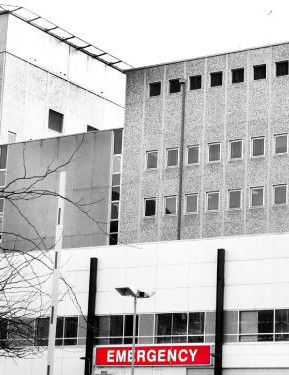Hospital bullying costs counted
 SA taxpayers have paid almost $20 million for bullying, harassment and fatigue at state hospitals.
SA taxpayers have paid almost $20 million for bullying, harassment and fatigue at state hospitals.
An SA Health says the personal and organisational impacts of fatigue and bullying can be measured from workers' compensation claims data.
“When examining workers compensation data, the classification coding 'work pressure' is the closest correlation we have to fatigue,” the submission stated.
It showed that from 2013 to 2018, SA Health received 268 “work pressure claims”.
Those claims amounted to 10,943 days lost work, costing over $9 million.
Over the same time period, there were also 250 “work-related harassment and/or workplace bullying claims” reported to SA Health.
“As at 7 August 2018, 166 of these claims have lost time, with a cumulative total of 9,215 days lost from work, costing $10.1 million,” the department stated.
SA Health chief Dr Chris McGowan says the “health, safety and welfare of our staff and patients is a priority”.
“There is zero tolerance for any actions that impact on the mental or physical health of our staff including intimidation, sexual harassment, intentionally violent incidents or workplace bullying,” he said.
The report forms part of a State Government inquiry into workplace fatigue and bullying in SA hospitals and health services, conducted by the Parliamentary Committee on Occupational Safety, Rehabilitation and Compensation.
One of the measures already suggested to reduce the rate of bullying is a confidential bullying whistleblower hotline.
Just such a hotline was set up at the Royal Adelaide and Queen Elizabeth hospitals last November. Authorities now want a state-wide version.
“As a result of its success we are looking into establishing a similar service across SA Health,” Dr McGowan said.
“The number of reported harassment and bullying incidents across SA Health have been steadily increasing over the last five years, which can most likely be attributed to a consolidated reporting system and associated ease of reporting.
“But is also indicative of a positive reporting culture, prompt response rates and effective retention and return to work program.”








 Print
Print